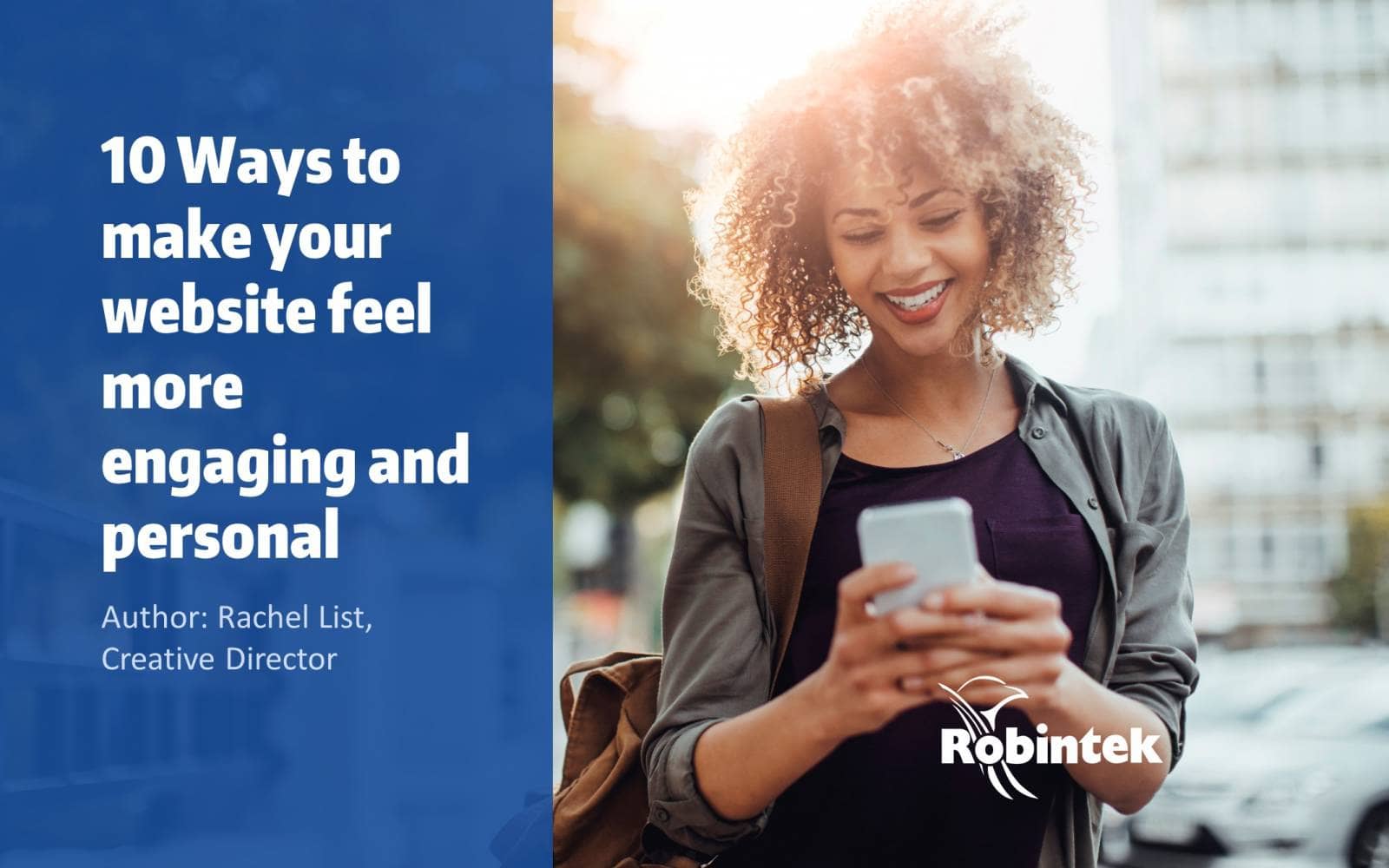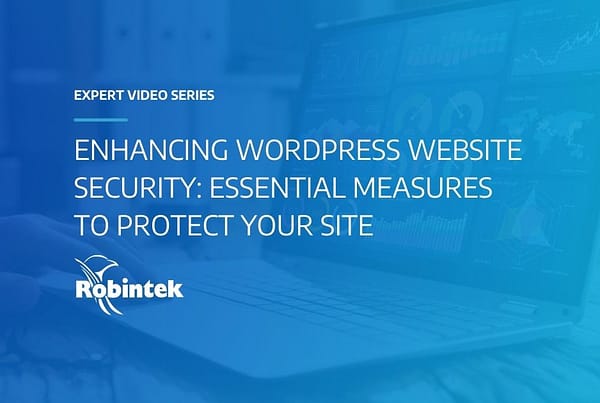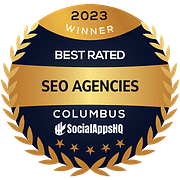
Think of your website as a 24/7 sales rep for your business, are they asleep on the job or interacting with visitors and turning them into customers? Here are 10 ways to make your website more engaging and personal for your visitors.
1.)
Prominent contact information
This may seem obvious but you want to make sure that you’re making it as easy as possible for visitors to your website to contact you. Include phone number, email address, physical address, and contact form in obvious and easily accessible places on your website. Don’t make it a challenge for potential customers to reach you. Plus including all this information makes your company seem approachable and responsive.
2.)
Easy to use Navigation
Can visitors find their way around your site quickly and intuitively? If not, you should reorganize your site to help people find with they’re looking for.
3.)
Relevant Content
More content does not mean visitors will stay longer. That doesn’t mean have less content, it means having more efficient content. Develop clear content that gets to the point. Include short descriptive headers and sub headers and well-organized body copy.
4.)
Simple & Clear hierarchy
People will quickly scan your site to find what they need so using visual hierarchy, concise content, and relevant visuals will draw visitors in more than a huge block of text. Put the most relevant and important information and visuals first and follow up with descriptive text and links delving deeper into specifics.
5.)
Calls to action
What action do you want visitors to your site to take? Guide people with calls to action which could include, purchasing your product, downloading a whitepaper, or signing up for updates.
6.)
Use Color effectively
Make sure your website not only reflects your branding but also uses your colors to their full potential. Highlight important items and improve visual navigation of your website with consistent use of colors.
7.)
Social Media
Engage with your visitors through social media. Set up your business profile on the major social media platforms (Facebook, Twitter, Google Plus) and other relevant platforms (Yelp, You Tube, Instagram, etc) and actively participate with people on these platforms. These accounts will only work for you if you’re updating, posting consistently, and responding to posts or comments from visitors. Just having a presence on these social media platforms is not enough, you need to make sure you are active.
8.)
Good Design
The design of your website says a lot about your company. Often, it’s the first impression people have of your company and that interaction is going to shape their feelings. If your website is clean, easy to use, and presents your content well, visitors will have a positive overall feeling of their experience and your company. However, if your website is cluttered, has outdated or confusing content or is difficult to navigate, visitors will be annoyed with their experience and probably have negative feelings toward your company and brand.
9.)
Tone
Establishing the tone of your content can be difficult. You need to find the right balance between professional and accessible language while keeping your target market in mind. Overall, you want to covey expertise and trustworthiness without sounding arrogant or using too much technical jargon.
10.)
Ask for and respond to feedback
Knowing what customers think will improve your company, so reach out! Get people to share testimonials, and engage in discussions. Building relationships may take some time but has countless benefits.
Some final thoughts
Your website can be a great tool for introducing your business and converting visitors into customers. Making sure you provide the answers to their questions can give you a competitive advantage. Take some time to review your website’s content. How did your website do answering the key questions? Are there ways you can improve your content? Use these questions as a starting point & start updating!







